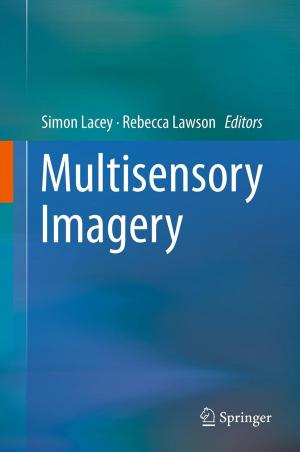Monitoring Technologies in Acute Care Environments
A Comprehensive Guide to Patient Monitoring Technology
Nonfiction, Health & Well Being, Medical, Specialties, Critical Care, Anesthesiology| Author: | ISBN: | 9781461485575 | |
| Publisher: | Springer New York | Publication: | November 26, 2013 |
| Imprint: | Springer | Language: | English |
| Author: | |
| ISBN: | 9781461485575 |
| Publisher: | Springer New York |
| Publication: | November 26, 2013 |
| Imprint: | Springer |
| Language: | English |
This is an introduction to the patient monitoring technologies that are used in today’s acute care environments, including the operating room, recovery room, emergency department, intensive care unit, and telemetry floor. To a significant extent, day-to-day medical decision-making relies on the information provided by these technologies, yet how they actually work is not always addressed during education and training.
The editors and contributors are world-renowned experts who specialize in developing, refining, and testing the technology that makes modern-day clinical monitoring possible. Their aim in creating the book is to bridge the gap between clinical training and clinical practice with an easy to use and up-to-date guide.
· How monitoring works in a variety of acute care settings
· For any healthcare professional working in an acute care environment
· How to apply theoretical knowledge to real patient situations
· Hemodynamic, respiratory, neuro-, metabolic, and other forms of monitoring
· Information technologies in the acute care setting
· New and future technologies
This is an introduction to the patient monitoring technologies that are used in today’s acute care environments, including the operating room, recovery room, emergency department, intensive care unit, and telemetry floor. To a significant extent, day-to-day medical decision-making relies on the information provided by these technologies, yet how they actually work is not always addressed during education and training.
The editors and contributors are world-renowned experts who specialize in developing, refining, and testing the technology that makes modern-day clinical monitoring possible. Their aim in creating the book is to bridge the gap between clinical training and clinical practice with an easy to use and up-to-date guide.
· How monitoring works in a variety of acute care settings
· For any healthcare professional working in an acute care environment
· How to apply theoretical knowledge to real patient situations
· Hemodynamic, respiratory, neuro-, metabolic, and other forms of monitoring
· Information technologies in the acute care setting
· New and future technologies















